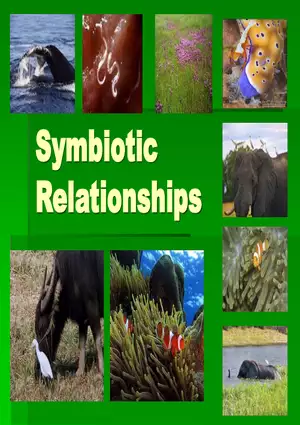VETERINARY PARASITOLOGY
EXAM I
INTRODUCTION
Importance of Vet ParasHology
- study of parasHISM in non-human species
- diagnosis, control, & treatment of parashes that inflict disease
- Why study H
expectations, economics, animal welfare, zoonotic diseases
Symbiosis
- relationship where an organism spends part or all of HS life closely associated w/ another
living organism
- 3 types:
commensalism one benefits while the host neither benefits nor IS harmed
mutualism both benefit from the relationship; depend on each other, obligatory
parasitism parasHe lives on the host, at the expense of the host, obligatory
commensalism
mutualism
parasitism
Clinical VS. Subclinical Parasitism
- clinical parasitism signs are evident
diarrhea, bottle jaw, anemia, rough hair coat
- sub-clinical parasitism no signs, but hidden consequences
tweaning weight, Lmilk production, repro performance, growth rate
Different Types of Hosts
- definitive host: where parasite reaches sexual maturity
- intermediate host: where asexual reproduction occurs, larval stage
-paratenic/transport - host: where parasite remains viable but does not undergo further development
-dead end host: prevents further parashe development, blocks transmission
Prepatent Infection VS. Period
- prepatent infection: entry into host
sexual maturity
- prepatent period: infection eggs in feces

